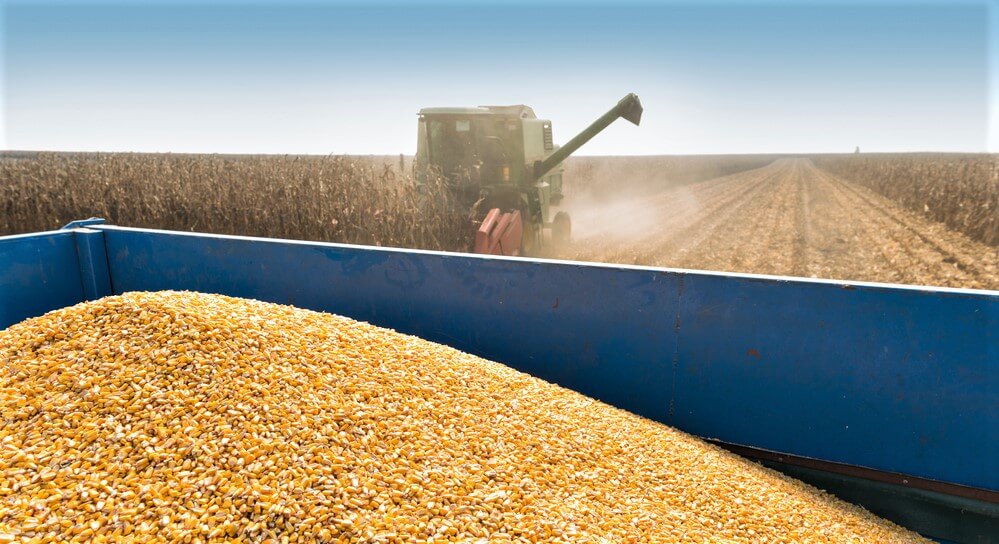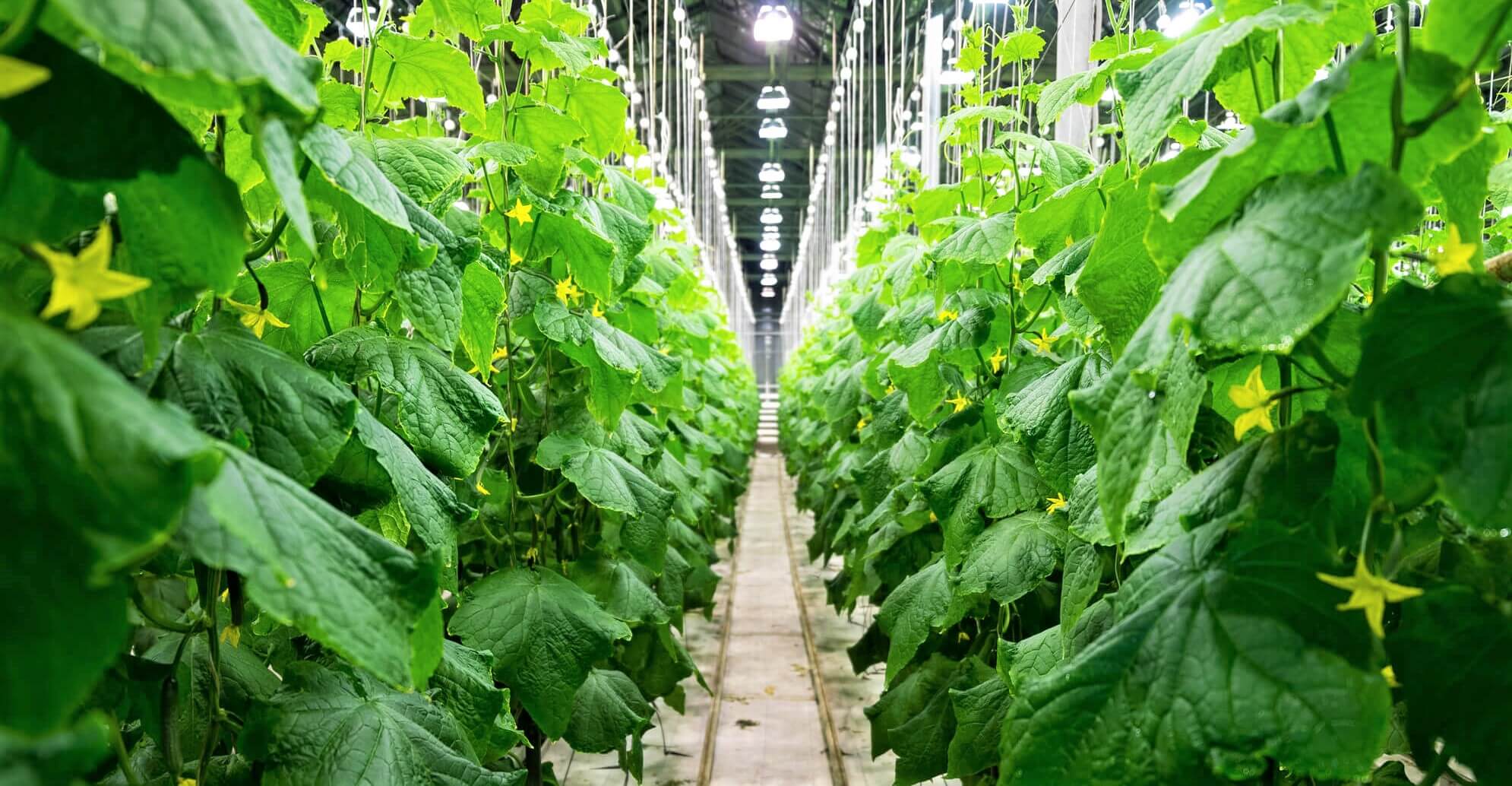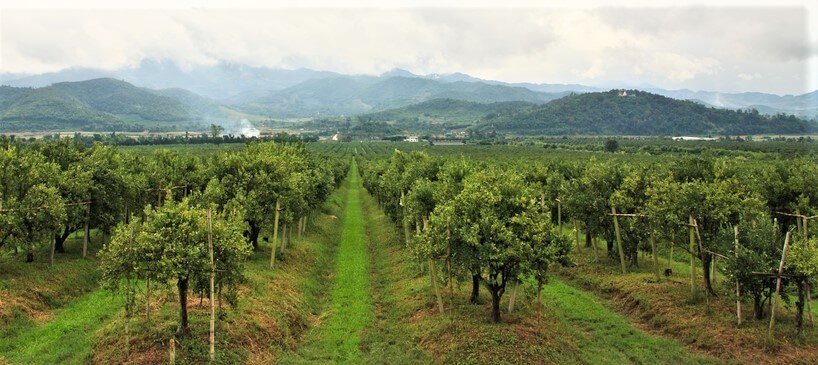Inflation is coming. No, inflation is here… big time. And not just in the United States… it will likely be a lasting …
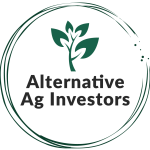
Alternative Ag Investors Passive Income From Farmland Ownership
Strawberry Greenhouse
Offer at a glance:
- Location: Distrito Nueva Italia, Paraguay – about 25 miles south of the capital, Asunción
- Price: $375,000
- IRR: 27.20% over 21 years
- ROI: 614% over 21 years ($2,300,805)
- Estimated Average Annual Income: $109,562
- First harvest payment: 18 months post purchase (payments are made bi-annually)
- Duration: Perpetual; farm management contract renewable following 20-year term
- Title: Freehold land title plus greenhouse structure and systems
- Greenhouse Size: 2,500 m2 (just under 27,000 square feet)
Hydroponic Strawberries Provide Annual 29% ROI
Strawberries are the most consumed berry in the world and are highly popular in Paraguay where they will be grown and sold. From 2015 to 2018, imports of this little red fruit grew by 51% and local production grew by 28.8% in Paraguay.
Greenhouses have been around for centuries (Read More), but in recent decades their use has grown exponentially and the technology has evolved, capitalizing on increased automation. One of those innovations is advanced technology hydroponics, which is how your strawberries will be grown.
Hydroponic greenhouse production is expected to be over 10 times higher per hectare than the open field growing currently used throughout Paraguay. Another huge advantage of hydroponic strawberries is that they are bigger, juicier and more desirable than either locally grown or imported berries.
Hydroponics is a farming technique of growing plants without soil, using a mineral and nutrient-rich water solution. In traditional farming methods plants absorb nutrients from water in the soil around the roots. In hydroponic farming, plants are grown without soil and are instead suspended with only their roots exposed to controlled nutrient solutions dissolved in water. In this instance a hydroponic fertilization and nano sensor irrigation system is used.
These state-of-the-art, professionally managed hydroponic greenhouses ensure crops that grow faster, use less water, take up less space and have minimal labor costs compared to field crops. In addition, crop failures are drastically reduced because of the controlled environment. Win, win, win, win, win.
So, what are we talking about when we say these are high-tech, state-of-the-art hydroponic systems? Sensors placed throughout the greenhouse and in the growing medium measure plant nourishment, lighting, temperature, and even oxygen and CO2 exposure in real-time and can be optimized at every stage in the growth cycle to produce the highest quality and best tasting product.
In general, the useful lifespan of a greenhouse structure is over 40 years. Depending on where they are located and the internal systems used, there will naturally be repairs, technology updates and system maintenance that needs to be done. For your strawberry greenhouse and aquaponic system, it is estimated that renovations will need to be done once every 10 years. The cost for this is estimated to be $60,000 and deducted from the year 11 proceeds. This is similar to other greenhouse projects that I have reviewed.
Since the company already has many hectares of greenhouses already in production, they will be leveraging in-house experience and expertise to make the strawberry venture a success. The first harvest should take place about 80-90 days after planting is complete. Because hydroponics all for year-round harvests, you can anticipate 4 harvests per year.
Demand and Marketing
Like many countries in Latin America, Paraguay is land rich yet still imports over 75% of the food it consumes. Most of Paraguay’s population is centered around the capital, Asunción, and the southern quarter of the country. Because your strawberries aren’t exported and sold exclusively in-country, the market is literally within miles of your land.
Despite the global COVID-19 pandemic, the demand for strawberries continued to be strong. This is due, in part, to the fact that field grown strawberries are only available 4 months of the year. These strawberries are generally of low quality and imported berries are quite expensive.
These greenhouse-grown strawberries will be high quality and available year-round. Combined with the fact that sales are facilitated through the company’s significant ownership stake in one of Paraguay’s largest wholesale fruit and vegetable distributers, and the result is your strawberries will command a higher price than average wholesale prices.
Another important facet of year-round production is that retailers, bakers, restaurants and wholesalers all want 12-month-of-the-year access to all the produce they need. Meeting that need is critical to long-term success. Using a hydroponic system in a greenhouse environment means that there’s no longer any such thing as “out of season.”
With the rapid economic expansion in Paraguay, the additional costs associated with exporting aren’t necessary since the demand for quality products is not only expanding but quickly becoming within the reach of the average Paraguayan. Although the current plan is to sell only locally, a number of cities in Argentina are very close and they currently import their berries from Brazil. Exports are clearly a long-term option that could increase both the available market and your ROI.
The company has opened a string of up-scale produce stores focused on providing high-quality products. Think of it as the difference between Aldi or Safeway vs. Whole Foods; they all offer produce but Whole Foods generally offers a premium product and commands a premium price. Purchasing additional products from local growers, their goal is to become the retailer of choice, cutting out the wholesaler and typical grocery store from the value chain.
Risk Factors
No agricultural venture is risk free, and pests and disease are a risk for crops grown in a greenhouse. The upside is that they are much more easily mitigated than in an open field because of the controlled environment.
Critters like rabbits, slugs and snails are obviously very easily controlled in a greenhouse, but what about the problems posed by bacteria, fungal diseases, aphids and spider mites?
Fortunately, many of these are found primarily in the soil, which a hydroponic environment avoids; no soil and voilà – problem solved. Others are easily controlled by using neem spray or insecticidal soap, both of which are harmless to the fruit.
Anytime you’re investing overseas, you need to consider the domestic economic and political situation. Paraguay has been a stable democracy since 1992 and has been one of the fastest growing economies in Latin America over the last 10 years. Government debt levels are low and Fitch upgraded Paraguay’s rating to BB+ in 2018. By way of comparison, this is on par with Columbia and just one step below Italy and Russia.
Additionally, your greenhouse and crops are fully insured against fire and force majeure events by an agro-insurance company. Not only are these risks mitigated as a result, but the premiums are already included in the operating costs.
The Company
With over 25 years of experience in Paraguay, the company is owned and managed by two German brothers who originally started with cattle operations in Paraguay in 1995. Since then, they have branched out into greenhouses, a fruit processing facility, residential real estate, specialty produce stores and citrus groves.
Despite their diversification into non-agricultural projects, the company has and will remain focused primarily on growing, processing and marketing farm products. The owners are the biggest investors in the company, which means they have a vested interest in the success of every hectare of land and every greenhouse that they manage because without strong citrus and greenhouse output, they have little to sell.
The company has been focused on both consumer (retail sales) and industrial consumption (juicing and IQF – Individually Quick Frozen). But in 2020, as the pandemic raged, they opened small retail stores to market their own produce as well as provide new markets for local farmers growing other products.
In addition to the sorting and packing house they already owned, in 2021 they acquired an established juicing company that they will expand to handle additional capacity.
This is a company focused on innovation and vertical integration.
One of the things I love about this company is their conservative approach to expansion; they finish what they start, stabilize the operations, do a serious evaluation of what they have learned and only then consider the next project.
One of the concerns some have when buying land in Central or South America is the legal system. Because the headquarters of this company are in Munich, the contracts are written under the strict rules of the European Union and regulated by German law.
The Offer
Your one-time $375,000 purchase price includes everything from buying the land, the greenhouse structure, installing the structure, planting over 25,000 seedlings, and selling the harvest. So, what do you get for that price? Your investment includes 1 acre of land, which holds your 2500 m2 greenhouse, the irrigation system, chiller (for the summer months) and all the attendant components.
Note: Although the base price is $375,000, the company has been known to subdivide the into quarter and half units. Contact me to see if the option is available and for pricing.
The management contract is for 21 years because, as mentioned above, your greenhouse will undergo a renovation in year 11 at an approximate cost of $60,000. This is included in the ROI estimates.
Once the contracts are signed and payment received, your greenhouse will be ordered from Spain. Once received, the greenhouse needs to be erected, the hydroponic fertilization and nano sensor irrigation system will be installed and the strawberry seedlings (25,350 plants per greenhouse) are “planted.”
In terms of process, your payment is held in a separate trust account until the greenhouse is purchased, the purchase documentation sent to you, and the management company signs the contract. Your payment is also covered by a breach of trust policy by the Zürich insurance group in Germany.
The Bottom Line
This is a turn-key passive investment offer and you will be the owner of a physical asset – the land, your greenhouse and hydroponic systems.
As I’ve mentioned ad nauseum, owning a farming operation is an excellent hedge against inflation; people always need your products.
The average projected ROI is annual 29% and your harvest profits are not correlated with the financial markets, yielding a great diversification opportunity.
Demand is strong for the product and your will own a high-productivity operation suing the latest technology. All major risks are mitigated by best practices and/or insurance.
Paraguay is growing, its economy increasingly strengthened and uses a competitive tax structure that encourages investment. This investment is not only environmentally friendly and uses sustainable methods, but it creates employment and further development.
This opportunity is perfect for people:
- Who understand the value and importance of sustainable farming
- Who are forward-thinking investors focused on their long-term financial health
- Building a portfolio that is not correlated to the stock and bond markets
- Looking to create a hedge against inflation while minimizing financial risk
- Seeking off-shore investment opportunities
- Who want payments to begin earlier than permaculture investments
- Seeking a recurring passive income revenue stream
If you’re interested in more details, including the company brochure and full financials, click the link below and learn how this opportunity can be a part of your portfolio.
BLOG POSTS
Regardless of what you may think about the recent antics involving GameStop and other stocks, you may have noticed that folks who …
If you’ve been thinking about putting some of your money into farming, congratulations – you’re the type of person who thinks outside …
According to the U.S. Department of Agriculture, roughly 15 billion bushels of corn are grown in an average year in the U.S. …
Are your loved ones prepared for uncertain times ahead? Will they have enough financial resources to weather rough times? Do they have …
Are greenhouses the wave of the future for produce farming? Many experts think so and it might be time for you to …
Farmland. It’s a tremendous long-term investment and, like most alternative investments, you can get some idea of its value by who chooses …
You’ve been working hard and looking down the road towards the day you get to stop working. You’ve been socking away money …
You’ve got some investments but you’re worried about the future. You’ve done your research. You know it’s critical that you diversify your …
Although not an exact quote, that line from Samuel Taylor Coleridge’s 1798 poem the Ancient Mariner is becoming increasingly true at a …
Most of my blog posts are topical, but this week I’m writing about my inspection tour of the greenhouse that my wife …
My Fair Lady Mangos Shortly after booking my flight to Panama, I learned that there had been a fire on the …
During my last trip to Panama, I met with the president of an amazing company that produces specialized coffee and cacao. I …
Update: I originally wrote this blog post on May 29. I knew things were bad at that point, but now they are …
Owning managed farmland is a smart investment. Managed farmland consistently increases in value, is a strong inflation hedge, outperforms the stock market, …
My wife and I reprised our Maui honeymoon during the first 10 days of September and had a fabulous time. When we …
In 2008, as the U.S. and the world were facing a dramatic economic downturn, NuWire Investor developed a list of the top …
Sometimes I hate it when I’m right. Unfortunately, my prediction early last year that we would suffer serious inflation in 2022 has …
Over the years, I have been frequently asked what sustainable agriculture is and why it’s important. And last month Jose, a prospective …
Eight billion. According to the United Nations, that’s the estimated milestone population of the Earth as of November 15. The most current …
Amazing! I recently returned from a multi-day tour of the AgroNosotros coffee and cacao farms in western and north Panama and was …



